Table of content
Cooking duck meat can be an exhilarating culinary experience, especially when you aim for dishes that are both delicious and simple to prepare. Duck, known for its rich flavor and tender texture, offers a versatile canvas for a wide array of cooking techniques and flavors. Whether you’re a seasoned chef or a novice in the kitchen, there are numerous recipes that can help you bring out the best in duck meat. In this comprehensive guide, we’ll explore various methods and techniques to cook duck in a way that’s both tasty and straightforward. From roasting and grilling to braising and stir-frying, we’ll cover a range of delicious duck dishes that you can enjoy at home.
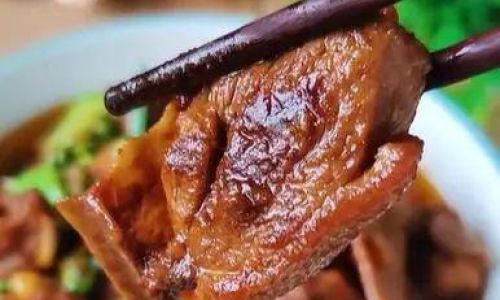
Understanding Duck Meat
Before diving into the recipes, it’s essential to understand the basics of duck meat. Duck has a higher fat content compared to other meats like chicken or turkey, which gives it its signature rich, moist flavor. The skin, in particular, is laden with fat that can become crispy and delicious when cooked properly. However, this high-fat content also means that duck requires careful cooking to avoid ending up with a greasy dish.
Duck breasts are particularly popular due to their size and flavor. They can be cooked to various degrees of doneness, from rare to well-done, depending on your preference. Duck legs and thighs are also commonly used, especially in slow-cooking methods like braising, as they benefit from long, gentle cooking that tenderizes the meat and renders the fat.
Basic Cooking Techniques
Roasting
Roasting is a classic method for cooking duck, especially duck breasts. It’s straightforward and results in a beautifully crispy skin and juicy, tender meat.
Ingredients:
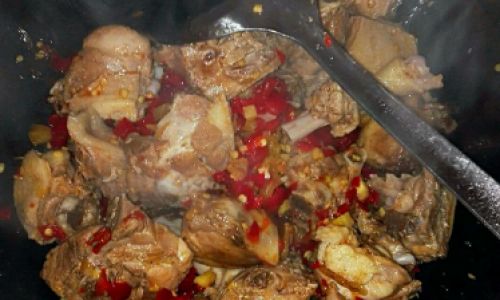
- Duck breasts (2)
- Salt and pepper
- Fresh herbs (optional, such as thyme or rosemary)
- Olive oil
Instructions:
- Preheat the Oven: Preheat your oven to 375°F (190°C).
- Prepare the Duck: Score the skin of the duck breasts in a diagonal pattern, being careful not to cut into the flesh. This helps the fat render and the skin crisp up. Season generously with salt and pepper. You can also rub the skin with a bit of olive oil and place fresh herbs on top if desired.
- Sear the Skin: Place the duck breasts skin-side down in a cold, oven-safe skillet. Turn the heat to medium-low and let the duck cook slowly, allowing the fat to render and the skin to become crispy. This can take up to 10-15 minutes. Resist the urge to turn the heat up too high, as this can cause the skin to burn before the fat has rendered properly.
- Finish Cooking: Once the skin is golden and crispy, flip the duck breasts and transfer the skillet to the preheated oven. Cook for an additional 5-7 minutes for medium-rare, or longer if you prefer your duck more well-done. Use a meat thermometer to check the internal temperature; it should reach 125°F (52°C) for medium-rare.
- Rest the Duck: Let the duck breasts rest for a few minutes after removing them from the oven. This allows the juices to redistribute, ensuring a juicier final dish.
- Serve: Slice the duck breasts and serve with your favorite sides, such as roasted vegetables or a fresh green salad.
Grilling
Grilling duck adds a smoky flavor that complements its rich taste. Duck legs and thighs are ideal for grilling due to their size and ability to hold up well to the high heat.
Ingredients:
- Duck legs or thighs (4)
- Salt and pepper
- Olive oil
- Your favorite grilling spices or herbs (optional, such as paprika, garlic powder, or cumin)
Instructions:

- Prepare the Duck: Pat the duck legs or thighs dry with paper towels. Season generously with salt and pepper. If using, rub the duck with olive oil and sprinkle with your favorite grilling spices or herbs.
- Preheat the Grill: Preheat your grill to medium-high heat. If using a charcoal grill, set it up for indirect grilling by placing coals on one side and leaving the other side without coals.
- Grill the Duck: Place the duck legs or thighs on the grill grate, skin-side down. If using a charcoal grill, place them on the side without coals to avoid direct, intense heat which can cause the skin to burn. Grill with the lid closed, turning occasionally, until the skin is crispy and deeply caramelized, about 45-60 minutes. Use tongs to turn the duck, as piercing it with a fork can release juices and make the skin soggy.
- Check for Doneness: The internal temperature should reach 165°F (74°C) for safe consumption, but duck is often enjoyed at a higher temperature for a more tender texture. Use a meat thermometer to check for doneness.
- Rest and Serve: Remove the duck from the grill and let it rest for 10-15 minutes before serving. Serve with grilled vegetables or a tangy barbecue sauce.
Braising
Braising is a slow-cooking method that’s perfect for duck legs and thighs, as it tenderizes the meat and infuses it with flavor.
Ingredients:
- Duck legs or thighs (4)
- Salt and pepper
- Olive oil
- Onions (2), sliced
- Garlic (4 cloves), minced
- Carrots (2), sliced
- Celery (2 stalks), sliced
- Red wine (1 cup)
- Chicken or duck broth (2 cups)
- Fresh thyme or rosemary (optional)
- Bay leaf (1)
Instructions:
- Prepare the Duck: Season the duck legs or thighs with salt and pepper.
- Sear the Duck: Heat olive oil in a large, heavy-bottomed pot or Dutch oven over medium-high heat. Sear the duck legs or thighs skin-side down until the skin is golden and crispy, about 5-7 minutes. Remove the duck from the pot and set it aside.
- Sauté the Vegetables: In the same pot, add the sliced onions, minced garlic, sliced carrots, and sliced celery. Sauté until the vegetables are softened and slightly caramelized, about 5-7 minutes.
- Add Liquids and Aromatics: Pour in the red wine and bring it to a simmer, scraping up any browned bits from the bottom of the pot. Add the chicken or duck broth, thyme or rosemary, and bay leaf. Return the duck legs or thighs to the pot, skin-side up, nestling them into the vegetables.
- Braise: Bring the mixture to a simmer, then cover the pot and transfer it to the oven. Preheat the oven to 325°F (163°C) and braise the duck for about 2-2.5 hours, or until the meat is very tender and can be easily pulled apart with a fork.
- Finish: Remove the pot from the oven and let it cool slightly. Transfer the duck legs or thighs to a plate and cover them with foil to keep warm. Skim any excess fat from the braising liquid if desired. Serve the duck with the braising liquid spooned over top, accompanied by mashed potatoes, polenta, or crusty bread to soak up the juices.
Stir-Frying
Duck can also be enjoyed in a quick and easy stir-fry, making it a great weeknight dinner option.
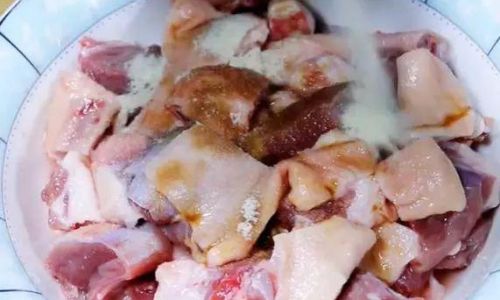
Ingredients:
- Duck breast (1), thinly sliced
- Soy sauce (2 tablespoons)
- Honey (1 tablespoon)
- Rice vinegar (1 tablespoon)
- Garlic (2 cloves), minced
- Ginger (1 tablespoon), minced
- Vegetable oil (2 tablespoons)
- Bell peppers (2), sliced
- Snap peas (1 cup)
- Broccoli florets (1 cup)
- Cooked rice or noodles (for serving)
Instructions:
- Make the Sauce: In a small bowl, whisk together the soy sauce, honey, rice vinegar, minced garlic, and minced ginger. Set aside.
- Prepare the Duck: Slice the duck breast into thin strips.
- Stir-Fry the Vegetables: Heat 1 tablespoon of vegetable oil in a large skillet or wok over medium-high heat. Add the sliced bell peppers, snap peas, and broccoli florets. Stir-fry until the vegetables are tender-crisp, about 3-4 minutes. Remove the vegetables from the skillet and set them aside.
- Cook the Duck: In the same skillet, add the remaining 1 tablespoon of vegetable oil. Add the sliced duck breast and stir-fry until it’s cooked through and slightly caramelized, about 3-4 minutes.
- Combine and Serve: Pour the sauce over the duck and stir to coat evenly. Return the stir-fried vegetables to the skillet and toss to combine. Cook for an additional 1-2 minutes until everything is heated through and well-coated with the sauce.
- Serve: Serve the duck stir-fry over cooked rice or noodles and
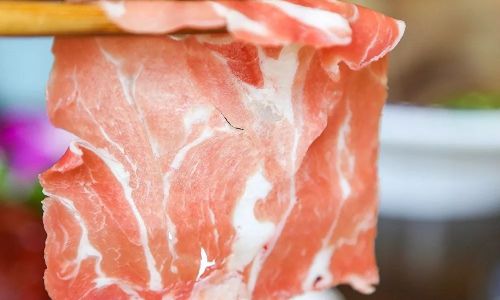
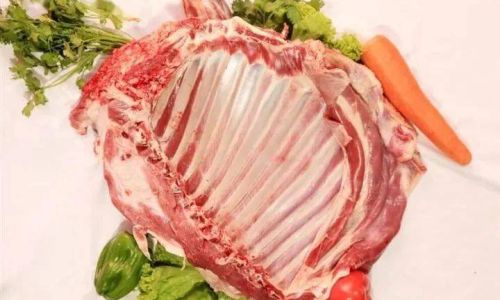
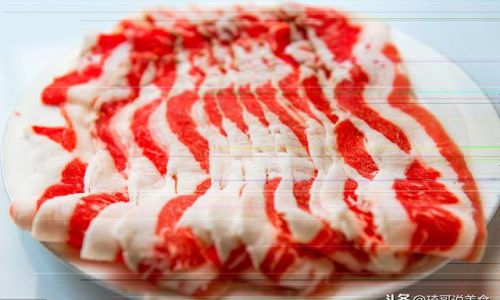
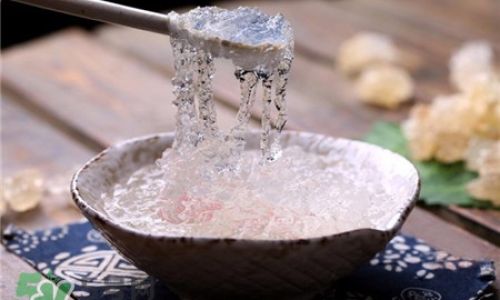
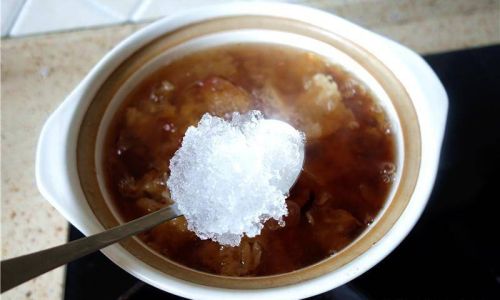
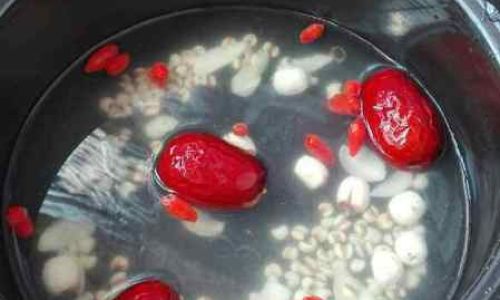
0 comments